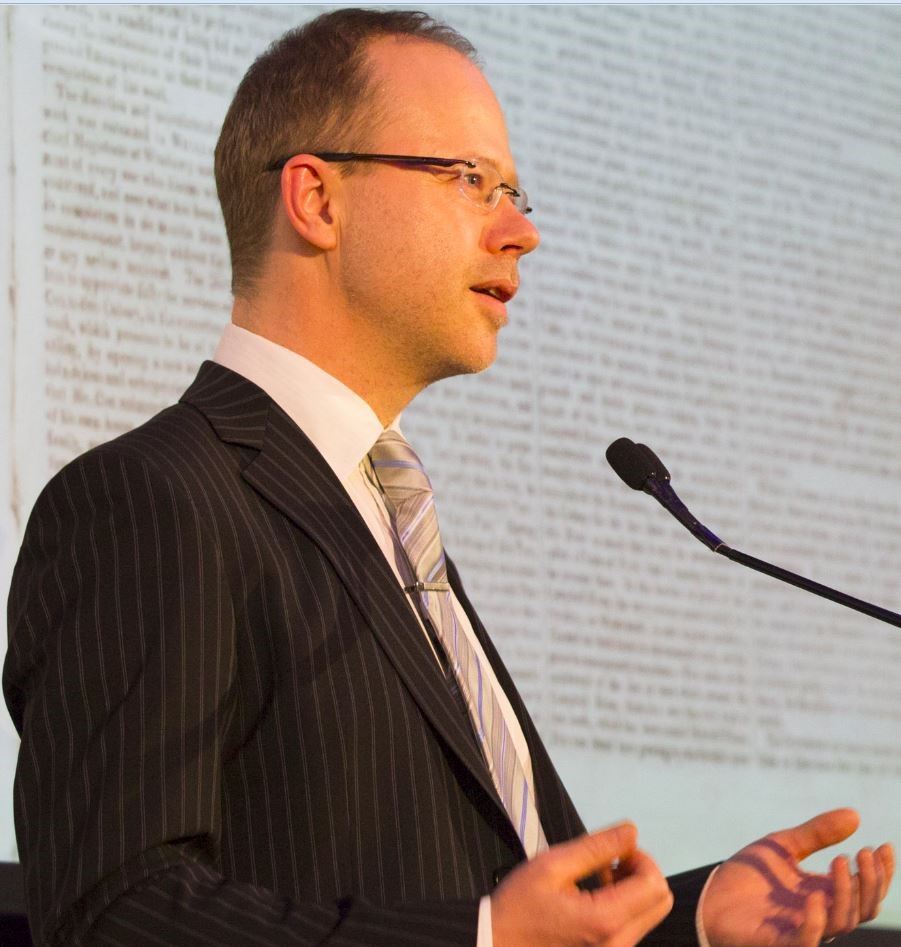The first ‘Digital Death Day,’ held on 20 May 2010, brought together world experts in the fields of death studies, social networking and data management. Promoting the event, coordinator Jennifer Holmes commented, “The online memorial has already become the new grave” (Andrews 2010). How seriously should we take such a statement? Was this turn of phrase simply intended to indicate the increasing dependence on digital media for performing social rituals? Or has online memorialisation in fact created a new kind of ‘resting place’ for the deceased and if so what is the nature of that place and how do the living relate to it? Whether through intentional online memorialisation or through the unplanned bestowing of an afterlife on anyone who has had an active online presence in life, it is now indisputable that the digital world is being populated, at an exponentially growing rate, by the stories, images, traces and voices of the dead – so much so that this digital afterlife can be seen as a new kind of immortality.
Drawing upon several kinds of digital memorialisation, this chapter considers the influence of these new forms – that create a perpetual ‘here and now’ for the dead – on the way people experience and communicate grief and the implications, more broadly, for trauma theory.
In the twenty-first century, trauma associated with death is increasingly being worked through in communal spaces and collective formats through online memorialisation. Ongoing connections with the deceased are being enabled through memorial websites and social media, and this is re-contextualising and even normalising trauma by bringing it into everyday social settings – reducing the privacy and distance once thought to be requirements of the grieving process. Today’s media technologies do more than mediate: they are the mechanism both for recording or conveying news about death, and for remembering and memorialising (Nansen 2012). The incorporation of the deeply personal into the everyday is central to the therapeutic aspect of online memorialisation. Whereas, as Yaegar puts it, “An entire school of criticism mystifies trauma writing as an ascent into the unspeakable…” (Yaegar, 406), through online memorialisation memorial practices are increasingly integrated into everyday social interactions via social media.
[extract]
Arthur, Paul Longley. ‘Memory and Commemoration in the Digital Present.’ In Contemporary Approaches in Literary Trauma Theory, ed. Michelle Balaev, 152-76. Basingstoke, Hampshire: Palgrave Macmillan.






